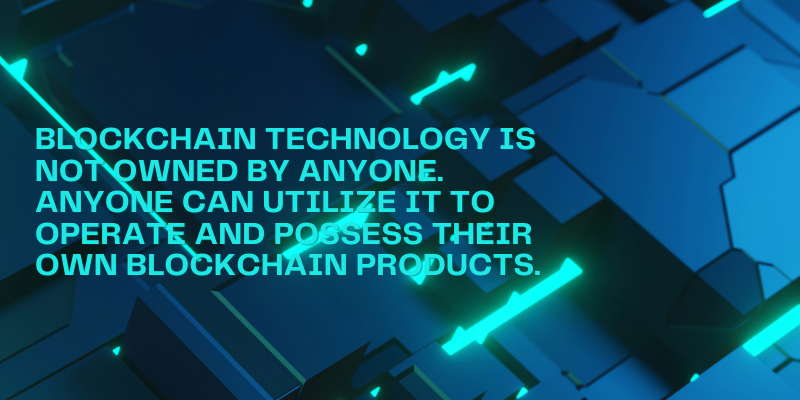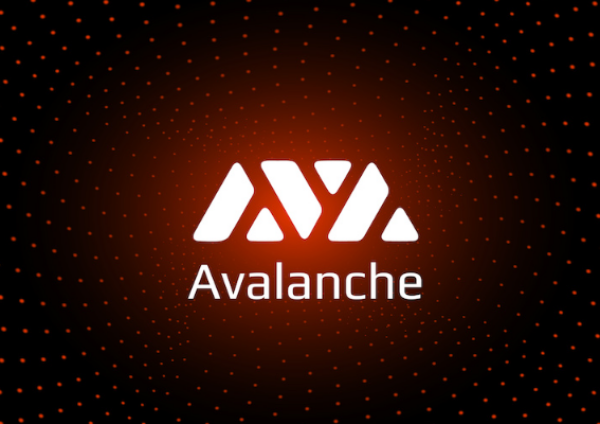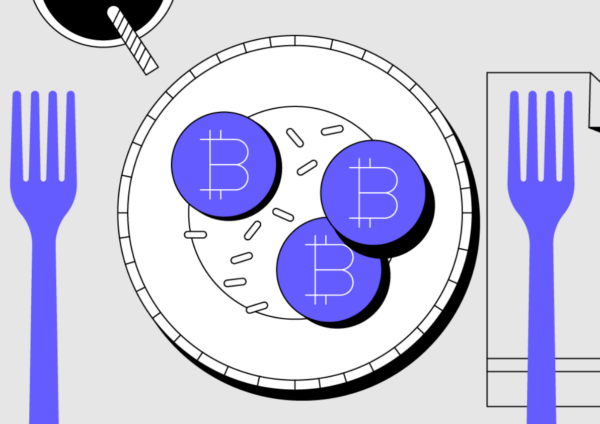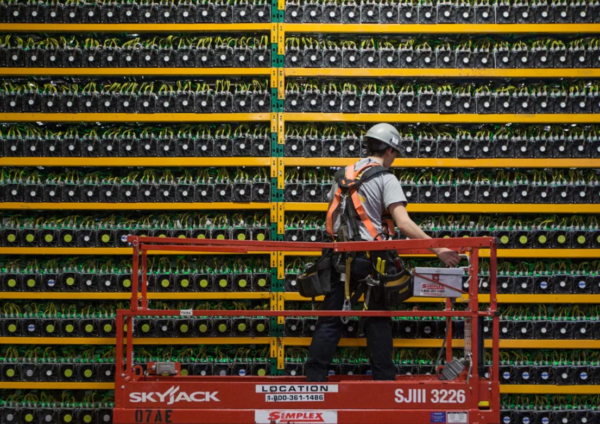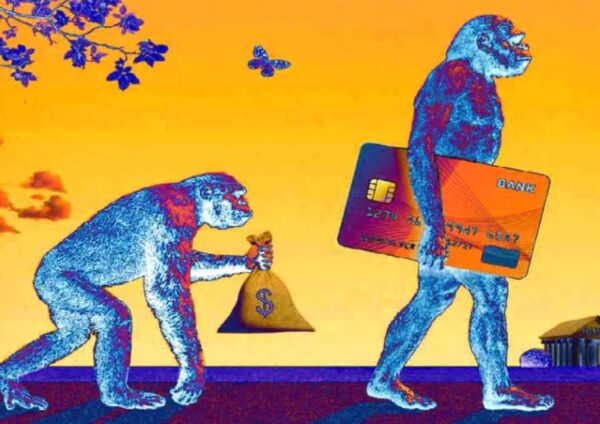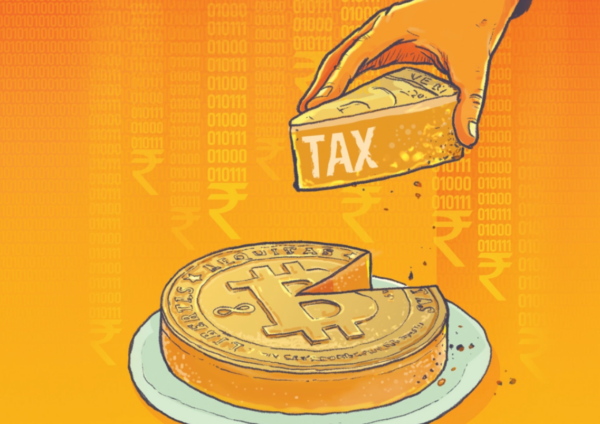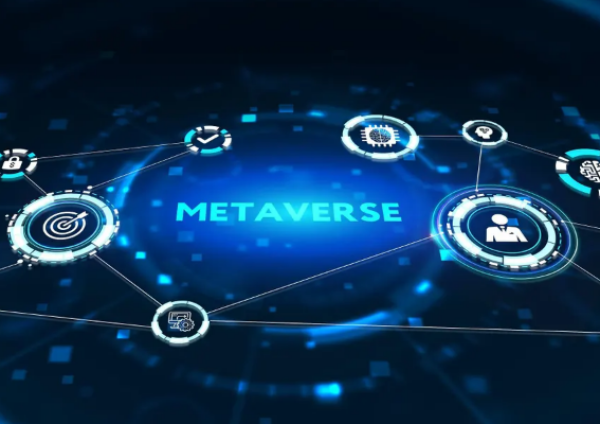Blockchain For Dummies 2025
Blockchain was established as the underlying technology that powered the first cryptocurrency – Bitcoin. Think of blockchain as the cryptocurrency infrastructure (read more about most promising cryptocurrencies).
For example, if cryptocurrency is an automobile, blockchain is the road – that is a good analogy to start our blockchain for dummies guide.
Have you ever attended a blockchain webinar and understood the main concept but failed to paraphrase it?
A digital ledger called Blockchain ensures secure transaction records across numerous computers. It eliminates the need for intermediaries like banks by creating a decentralized system where trust is established through consensus algorithms.
Every transaction is recorded in a block, creating a chain of blocks that cannot be changed. This ensures transparency and immutability. That’s blockchain for dummies explained.
Blockchain transactions can be traced through the public ledger, as each transaction is recorded and visible to anyone. By analyzing the blockchain’s transaction history, it’s possible to trace the movement of funds and pinpoint the addresses involved. However, while the transactions can be traced, the true identities behind the addresses may only sometimes be readily apparent, as users often operate under pseudonyms.
The blockchain is a ledger that is stored on a network of computers called nodes. Each node has a complete copy of the blockchain, and any new transactions or blocks added to the chain are replicated and synchronized across all nodes in the network.
Blockchain is a decentralized technology, meaning no central entity controls it. Instead, it is maintained by a network of distributed nodes, each following a consensus protocol. The control and decision-making power in the blockchain network is distributed among the participants who validate transactions, add new blocks, and maintain the system’s integrity through a consensus mechanism, such as proof-of-work or proof-of-stake. Here is blockchain explained for dummies in terms of control.
Blockchain can reduce costs in several ways:
- Elimination of intermediaries
- Streamlined processes and automation
- Increased efficiency and transparency
- Enhanced security and fraud prevention.
Or you attended blockchain technology meetings only to leave the venues with more questions than when you came in? Here is your handy!
This detailed guide will decode the basics of blockchain technology in simpler terms to ensure you get everything right. Are you eager to learn more? Keep reading!
Also, check our article about best crypto mining platforms.
Who Owns Blockchain?
Have you ever been eager to know who owns blockchain technology? If yes, let’s try to find a solution to this curious but relevant question. Before finding the answer, let’s quickly revisit what this technology is and how it works so that the idea of its ownership becomes clearer.
What is Blockchain Technology and How Does it Work?
Blockchain is created by combining different blocks. A “block” is simply some kind of information or a set of data. In this case, this set of data is purely made up of transactions.
Cryptography connects each set of data (block) to form a blockchain. Each set of data (block) features a cryptograph hash and a timestamp.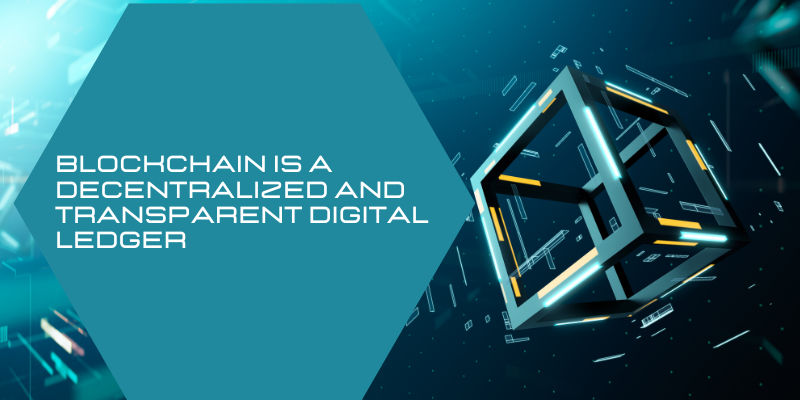
When combined, they convert any input into a fixed-length string of characters. Also, each set of data contains the previous block’s hash that connects two blocks and prevents any kind of alteration or tempering in the ledger or the order of the transactions.
So let’s go back to the big question – who is the owner of blockchain technology? The answer is short and straightforward; nobody owns blockchain technology.
However, some specific organizations, a group of people, or an individual may own a blockchain product.
The ownership of publicly distributed ledgers may be considered collective ownership. Anyone can add and audit all the transactions on a public blockchain, making it transparent.
So in a manner of speaking, blockchain is formed through the collective efforts of individuals who participate in transactions recorded on the chain.
Every time a transaction takes place on a blockchain, it’s recorded in a new set of data and included in the ledger, a process known as mining. Nobody owns blockchain technology. Anyone can use it to operate and own their blockchain products.
Why Blockchain is Important
Blockchain is a revolutionary and promising technology since it stamps out fraud, reduces security, and brings much-needed transparency in a scalable manner.
Popularized by its close relationship with non-fungible tokens (NFTs) and cryptocurrencies, blockchain technology has evolved into a management solution for all industries in the world.
Today, blockchain technology provides transparency for the gambling sector, secures healthcare data, innovates gaming, and alters how people and organizations handle information on a large scale.
Why Blockchain is the Future
Blockchain is most popular for its vital role in facilitating the increase of cryptocurrencies over the past decade.
On top of that, there are multiple non-cryptocurrency uses of blockchain. Some blockchain supporters believe that this technology could far outpace digital currencies themselves regarding its overall impact.
They believe that the real potential of blockchain technology has only been discovered. As a result, investors will only encounter blockchain technology more often in the coming years, whether linked to specific digital currencies or utilized in other applications like:
- Banking and Finance: Financial institutions integrate blockchain technology into their banks to allow their customers to make quick transactions that occur anywhere between seconds and a few minutes.
- Healthcare: Healthcare facilities leverage blockchain technology to securely store their customers’ medical data. Once a medical record has been created and signed, it can be written into the blockchain, providing patients with the confidence and proof that it can’t be altered.
- Supply Chain: Suppliers use blockchain to record the origin of the materials they’ve acquired. Doing so allows companies to confirm the authenticity of their products and common labels like fair trade, local and organic.
- Smart Contracts: A smart contract operates under predetermined conditions to which the user must agree. When these conditions are fulfilled, the agreement terms are carried out automatically.
- Voting: Blockchain could offer a smart voting system. Blockchain voting has the potential to eradicate election fraud and enhance voter turnout.
- Identity Management: Blockchain provides a tremendous security level through independent authentication processes that occur across member computers on a blockchain network. Just like blockchain approves transactions (blocks) before they’re added to the chain, the same concept can be applied to other verification procedures, such as identity verification
Why Blockchain is Decentralized
Whenever a transaction occurs in a given blockchain, it doesn’t automatically become a set of data (block) that can be added to a blockchain. It must be verified first.
So what or who does this verification? Is it government, an individual, or the entire governing body? A decentralized network of computers is responsible for verification.
This makes sure that the management and decision-making aren’t in the hands of an individual or a group of people but it’s distributed evenly in a network of computers to eradicate the chance of misjudgment or bias.
The network of computers is connected through scattered nodes that validate the authenticity of a new set of data before it can be added to the chain.
Decentralized Blockchain Technology vs. Standard Centralized Technology
There is a lot of hype going on currently with blockchains, and people can’t just get enough of it. Blockchain is a diverse subject to deal with, which is why many people get confused about it, especially those with inadequate information.
| Characteristics | Decentralized Blockchains | Centralized Database Systems |
|---|---|---|
| Data privacy | Cryptography helps store data securely. | Prone to cyber-attack. |
| Data integrity | Once data is recorded, it’s immutable and can’t be changed. | Data can be altered or modified. |
| Anonymity | Data can be available without disclosing the identity of the real owner. | They don’t support anonymity. |
| Transparency | Data stored on a blockchain network is highly transparent. | Not highly transparent. |
| Performance and scalability | Performance is quicker, and scalability is a major concern, especially for public blockchains. | High chance of both performance and scalability |
| Fault tolerance | High fault tolerance. Records are distributed on the network, meaning no single point of failure risk. | Vulnerable to single-point of failure. |
| Cost of maintenance and implementation | Initially, the cost is high as it’s a new technology. Also, the initial transition is high, and it's challenging to find experts. | The overall cost is less since it’s a standardized model and straightforward to implement. Professionals or experts are readily available. |
Most individuals often confuse decentralized blockchains and centralized database systems. They don’t know the basics between them. If you are one of them, the following table has some comparisons for you. Go through it to discover key differences between centralized database systems and decentralized blockchains.
Why Blockchain Cannot be Hacked
The design of blockchain makes it difficult for anyone to hack. Changing or deleting a record once recorded isn’t possible. Each block or set of data is signed digitally with a “hash” – an outcome of a mathematical algorithm based on the record contents and any other record in the blockchain.
In case any record is subsequently changed, the hash will not match the initial result of the mathematical algorithm, and the alteration will be detected automatically. We hope that you found our Blockchain for dummies guide helpful!
